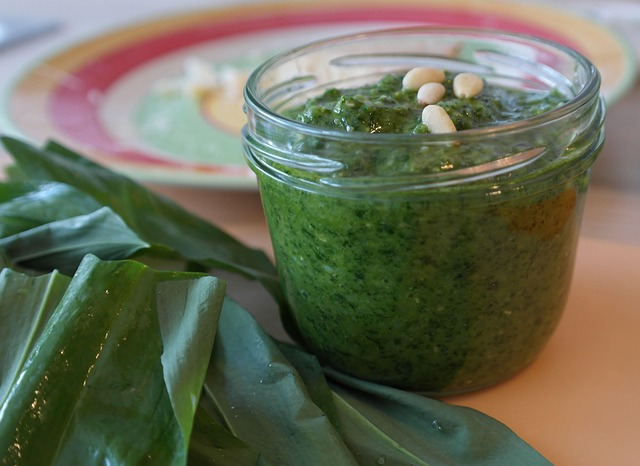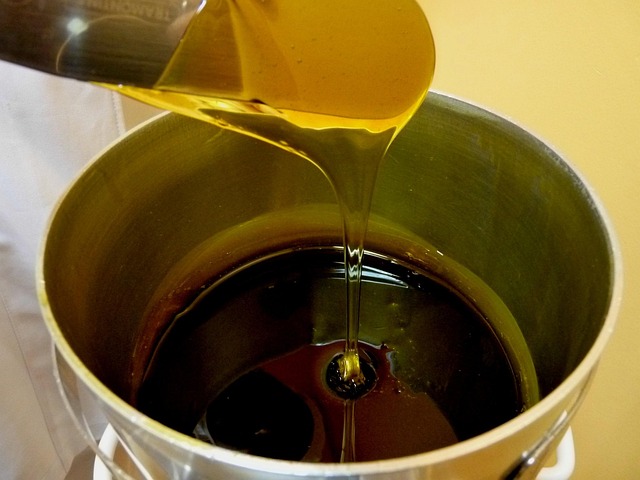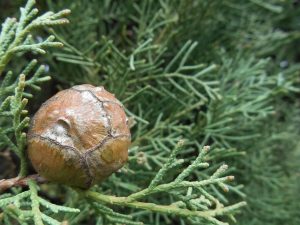Odor removal in homes involves understanding diverse sources like kitchens, bathrooms, pets, and outdoor environments, each requiring tailored approaches. Effective strategies include identifying root causes, using methods like neutralization, trapping, enzymatic breakdown, and natural absorbers like essential oils and baking soda. Chemical products should be used sparingly for health and environmental safety. Air purification with advanced filters and UV-C light helps eliminate airborne contaminants. Specialized methods and professional services tackle tough odors from mold, pets, or smoke. Preventive measures include regular cleaning, ventilation, proper food storage, and natural odor absorbers to maintain a fresh home environment. Professional help is crucial for complex or unusual odors, ensuring comprehensive solutions and addressing potential health risks.
Odor removal is a critical aspect of maintaining a clean and comfortable home environment. This comprehensive guide delves into the science behind various odor removal techniques, offering both natural solutions and insights into chemical-based products. We explore common sources of indoor odors, the role of air purification, and strategies for preventing future issues. From understanding persistent stains to real-life case studies, this article equips you with the knowledge to tackle odor challenges effectively. Discover expert tips and natural remedies for achieving a fresh and fragrant home.
Understanding Home Odors: Common Sources and Types

Odor removal for homes is a common concern, as unpleasant smells can be disruptive and off-putting. Understanding home odors begins with identifying their sources. Common sources of odors include kitchens, bathrooms, pets, and even outdoor environments. Kitchen odors often stem from cooking, food waste disposal, or leaking pipes, while bathrooms may emit persistent smells due to mold, mildew, or poor ventilation. Pets can introduce odors through their fur, dander, and urine or feces.
Various types of odors require specific approaches for effective odor removal. Volatile organic compounds (VOCs), such as those emitted from cleaning products or furniture, dissipate over time but can be potent in closed spaces. Musty or moldy smells are often signs of moisture issues, requiring addressing to prevent recurrence. Smoke and fire-related odors necessitate specialized treatments, like charred materials and smoke particles that need thorough cleaning and deodorization.
The Science Behind Odor Removal Techniques

Odor removal involves understanding the science behind how smells are created and absorbed. The human nose is incredibly sensitive, capable of detecting a vast array of odors due to specialized olfactory receptors. When certain compounds or particles enter our noses, they bind with these receptors, triggering nerve signals that interpret and identify scents. This complex process allows us to perceive and distinguish between various aromas.
In terms of odor removal, techniques aim to disrupt this sensory experience by either neutralizing the odor-causing molecules or physically trapping them. Active charcoal, for instance, is highly absorbent and effectively adsorbs volatile organic compounds (VOCs), including unpleasant odors. Enzymatic cleaners use specific enzymes to break down odor-producing substances into harmless byproducts. Other methods involve the use of bacteria and yeast, which naturally consume and degrade organic compounds, leaving behind fresh scents.
Natural Solutions for Effective Odor Elimination

Many people opt for natural solutions when it comes to effective odor removal, as they are safe, eco-friendly, and often cost-effective. Essential oils, for instance, have been used for centuries to freshen air and eliminate unpleasant smells. Lemon, lavender, peppermint, and tea tree oil are popular choices due to their potent aroma and antimicrobial properties. These natural remedies can be diffused or mixed with water and sprayed around the home to combat odors.
Another effective natural solution is using baking soda or charcoal. Baking soda absorbs moisture and neutralizes odors, making it ideal for eliminating musty smells or kitchen odors. Charcoal, on the other hand, is excellent at capturing and removing volatile organic compounds (VOCs) from the air, leaving spaces smelling clean and fresh. These simple, natural ingredients can be found in most households and offer a simple and sustainable way to tackle persistent odors without resorting to harsh chemicals.
Chemical-Based Products: When and How to Use Them

When it comes to odor removal, chemical-based products can be effective tools in certain situations. These products are designed to combat stubborn smells that natural remedies may not address. They work by neutralizing or eliminating the source of the odor, rather than just masking it with fragrance.
However, it’s crucial to use these products judiciously. Chemical odor removers should be reserved for severe cases where other methods have failed. Always follow safety instructions and ensure proper ventilation during application. Opting for low-odor or natural alternatives is a healthier choice, especially in homes with children or pets.
Air Purification: A Key Component in Odor Management

Air purification is a critical component in effective odor removal for homes. It involves the use of advanced technology to eliminate airborne contaminants, including odors, that can permeate spaces and linger despite cleaning efforts. High-quality air purifiers are designed to capture microscopic particles, such as dust, pollen, pet dander, and volatile organic compounds (VOCs), which often contribute to unpleasant smells in indoor environments.
By actively circulating and filtering the air, these purifiers help reduce the concentration of odor-causing substances. Activated carbon filters, for instance, are known for their effectiveness in adsorbing odors and chemicals from the air. Additionally, some advanced models incorporate UV-C light technology, which disrupts the molecular structure of odor-causing bacteria and viruses, further enhancing indoor air quality and creating a fresh, scent-free environment.
Dealing with Persistent and Difficult Odors

Dealing with persistent and difficult odors in your home can be a challenging task, but there are several effective strategies for successful odor removal. If common methods like cleaning and ventilation aren’t sufficient, it might be time to consider more specialized approaches.
One such method is using natural odorific agents like essential oils or baking soda, which can absorb and neutralize odors. Another option is employing ozone generators or ionizers, which release powerful oxidizing molecules to break down odor-causing compounds. For stubborn smells from pets, smoke, or mold, professional odor removal services offer advanced techniques such as enzymatic treatments or fogging, ensuring thorough and lasting results for a fresh, clean home environment.
Tips for Preventing Future Odor Issues

To prevent future odor issues, start by maintaining good air circulation in your home. Regularly open windows to allow fresh air inside, especially after cooking or cleaning with strong chemicals. Invest in high-quality ventilators for kitchens and bathrooms to efficiently remove moisture and volatile organic compounds (VOCs) that can cause odors.
Additionally, keep your home clean and tidy. Regularly vacuum carpets and upholstery, dust surfaces, and clean your kitchen thoroughly after meals. Avoid storing food items in inappropriate containers, and make sure trash cans are lined with odour-resistant bags. Using natural odor absorbers like baking soda, charcoal, or essential oils can also help maintain a fresh-smelling home.
Professional Help: When to Seek Expert Intervention

When dealing with persistent or stubborn odors in your home, knowing when to seek professional help is essential for effective odor removal. While there are many DIY methods and products available, some situations call for expert intervention. For instance, if the odor is coming from a specific source that is hard to access or if it has an unusual or complex origin (like mold or pet stains), it’s best to consult a professional.
Odor removal experts have the specialized equipment and knowledge to tackle these challenges. They can identify the root cause of the issue, ensuring a thorough solution. Additionally, professionals offer peace of mind, especially in cases where odors might indicate underlying health risks. Their expertise ensures that not only is the smell eliminated but also that any potential hazards are addressed safely and effectively.
Case Studies: Real-Life Success Stories of Odor Removal

In the realm of odor removal for homes, real-life success stories serve as testament to the effectiveness of professional interventions. Case studies often highlight challenging scenarios where persistent odors plagued families or businesses, from musty basement atmospheres to pet-related smells in apartments. These narratives paint a vivid picture of the transformation that specialized odor removal services can bring.
For instance, consider a family struggling with a lingering mold issue after a flood. Despite extensive cleaning, the musty scent persisted, affecting their quality of life. A professional odor removal service was called in, employing advanced technology and eco-friendly solutions to not only eliminate the visible water damage but also eradicate the source of the odor. Within days, the once-unbearable basement transformed into a fresh, usable space, showcasing the tangible impact of expert intervention in odor removal.
